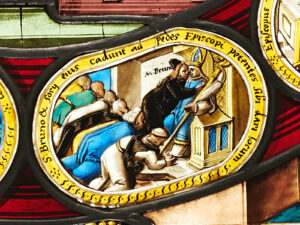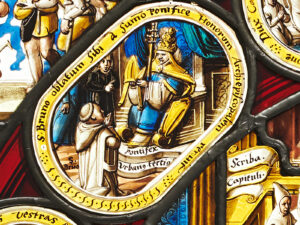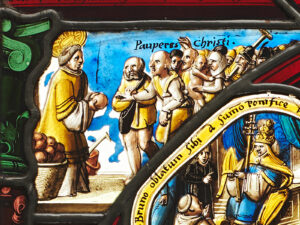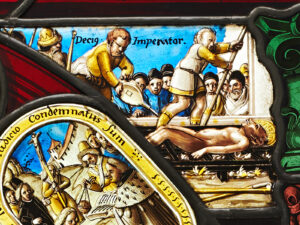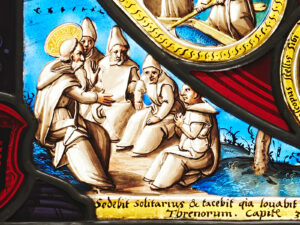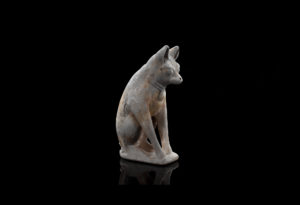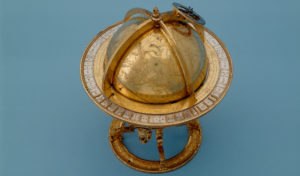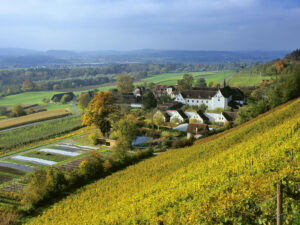
A packed programme of activities – painted on glass
A stained-glass work of exceptional artistic quality dating from 1588, on permanent loan from the Swiss National Museum, adds a touch of dramatic beauty to the Ittinger Museum in the Kartause Ittingen.
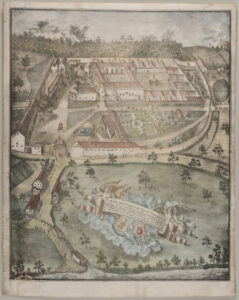
A loan that connects
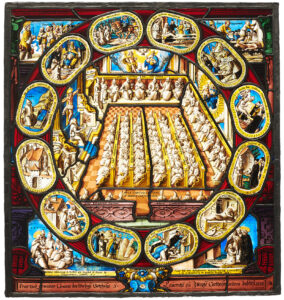
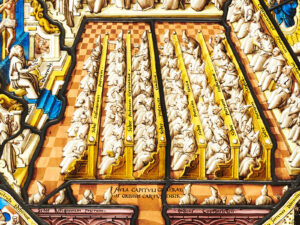
Ittinger Museum and Kunstmuseum Thurgau
The Ittingen Charterhouse has committed to continuing the values of the monastic tradition, and with that in mind the complex operates an education and conference centre, a farm with a cheese factory and vineyards, a restaurant, and a sheltered residential home and assisted employment scheme. It also houses the Kunstmuseum Thurgau, the Ittinger Museum and the tecum, the Evangelical Centre for Spirituality, Education and Community Building.
With its superb collection and fascinating temporary exhibitions, the Kunstmuseum Thurgau offers an attractive counterpoint to the old-world idyll of the former monastery. Internationally renowned artists have designed new works specifically for the context of the Ittingen Charterhouse.
The Ittinger Museum gives a vivid insight into the history of the buildings and their occupants. In the austere surroundings of the monks’ cells you can feel how the Carthusian monks sought closeness to God in silence and solitude, and the richly furnished dining room and magnificent Rococo church look as they did when the monks still lived and prayed here.
It is hoped that the museums in the Ittingen Charterhouse will reopen for visiting from 1 March 2021. Go to konstanz360.de for a virtual visit.

